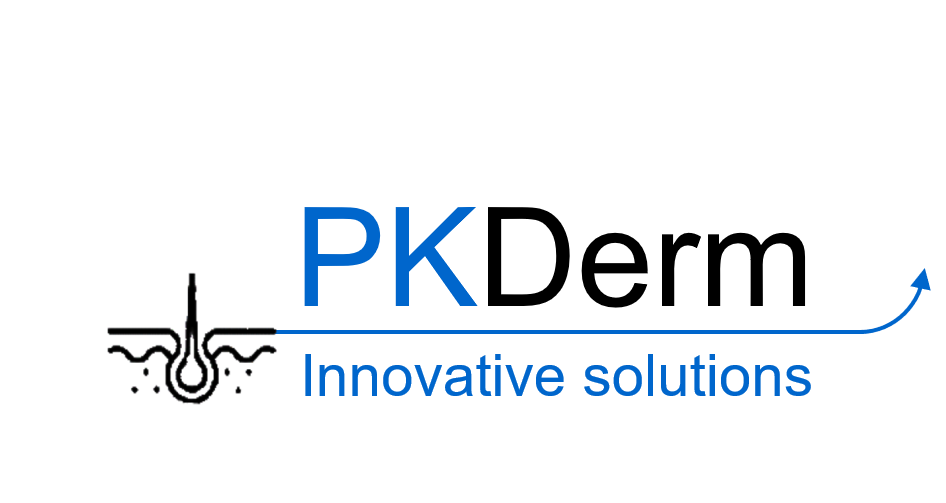Image-based high-throughput phenotypic profiling for hazard evaluation of environmental chemicals: Two applications
The US EPA is exploring the use of profiling methods for rapid bioactivity screening and hazard evaluation of environmental chemicals. One profiling method is image-based high-throughput phenotypic profiling (HTPP). In HTPP, morphological features of cellular organelles are measured via labeling, image acquisition and feature extraction. To date we’ve screened 1200 (environmental) chemicals in concentration-response in U-2 OS cells and investigated the results for two purposes:
(1) Estimation of potency thresholds (i.e. phenotype altering concentration, PAC) for chemical bioactivity: We’ve generated PACs for ~ 300 chemicals and compared them to in vivo effect values and potency estimates of other new approach methodologies (NAMs). We found that PACs were closer to the in vivo effect values compared to other NAMs, but less conservative. Moreover, we compared the PACs to exposure estimates and identified a subset of chemicals that were bioactive at concentrations that humans could be exposed to.
(2) Use of phenotypic profiles to discern putative mode-of-action (MOA): 179/1200 chemicals had annotated mechanisms and were used to identify non-annotated test chemicals with similar profiles. As an example, four chemicals were annotated as retinoids and had highly similar phenotypic profiles. We identified an additional five test chemicals with similar profiles. Four of them were not previously reported to act on the retinoic acid pathway.
We conclude that the HTPP assay can be used to generate potency values and mechanistic predictions for use in NAMs-based tiered toxicity frameworks for chemical safety assessment.
This abstract does not reflect US EPA policy.


